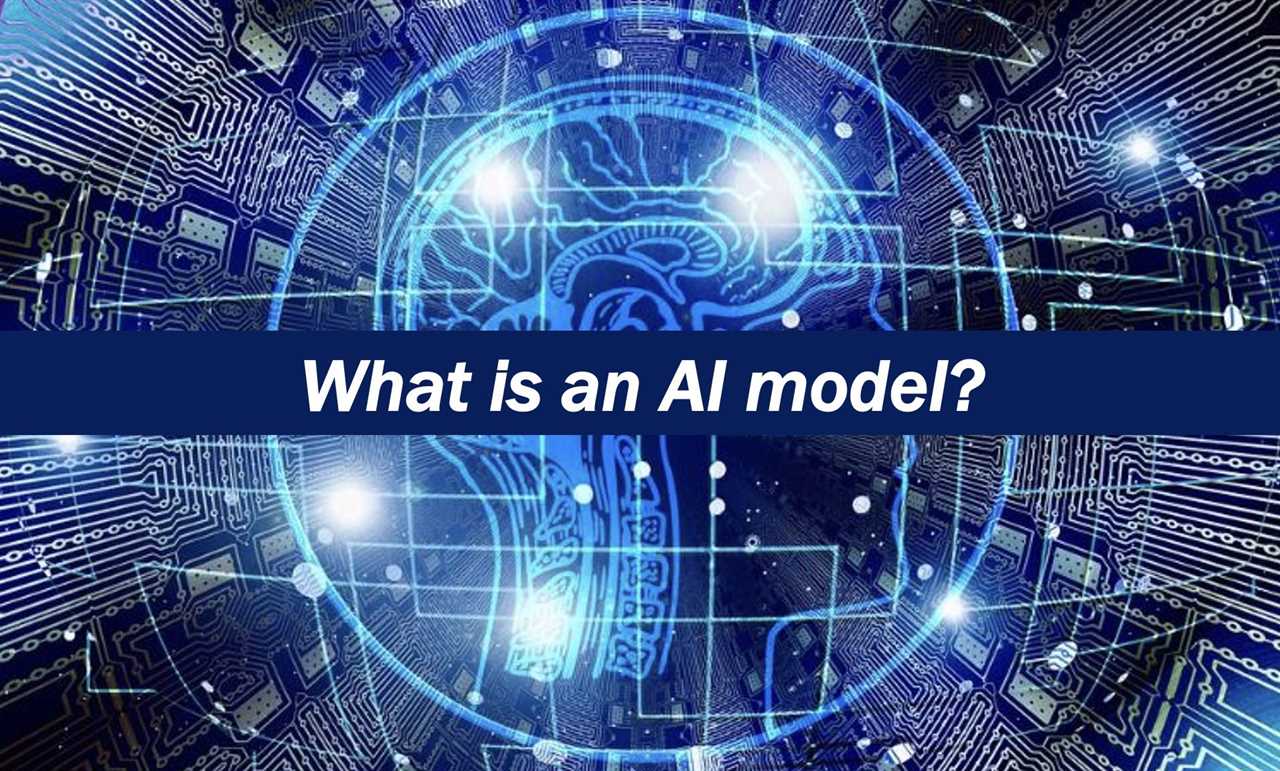Artificial Intelligence helps machines learn from certain inputs and experiences and think and act upon those stimuli to perform like human beings. Humans do not need to “command” computers to work on their behalf; instead, training computers gives them the power to accomplish human-like tasks. Vast amounts of data are required to help computers recognize various objects and concepts to achieve the intended outcome. AI technology emerged in the 1950s but has gained incredible popularity today due to advancements in data processing, efficient computing, and spectacular algorithms. Let us look at some of the things you need to know to familiarize yourself with artificial intelligence.
- What is an AI Model?
- What are the Uses of AI Models?
- How is Responsible AI Useful?
- Recent Trends of AI
- Future of AI Models
- Final Thoughts
What is an AI Model?
AI models are tools used in almost every field to help in solving problems involving different tasks. This model can be referred to as a machine with an algorithm that simulates that is aimed at performing a particular function.
AI models utilize data and techniques such as data labeling and image annotation used in the training or learning to help them recognize patterns that help computers/machines to make predictions. AI models are essential in solving complex tasks with the help of numerous data.
What are the Uses of AI Models?
AI is ubiquitous in the current world, from business and transport to industries and medicine. AI-powered equipment and systems resemble human intelligence, thus handling multiple tasks such as; learning, planning, reasoning, problem-solving, motion, perception, and representation. All these concepts are applied today to assist in the following:
- Interpreting images and videos for visual inspections in different companies.
- Coordinating booking, meetings, and customer care services.
- Detecting tear and wear or other inappropriate activities, spams, and contents.
- Detection of pathologies such as tumors and guiding telemedicine, virtual nurses, robotic surgeries, and immunotherapy.
- Self-driving vehicles and auto-pilot in flights through computer vision.
How is Responsible AI Useful?
Responsible AI is an upcoming topic that plays an integral role in the development of AI models. The following are the fundamental rules within responsible AI:
- One should explain the input and output data to enhance the non-confusing cause and effect mechanism/ relationship.
- Discrimination should be avoided at all costs to avoid biases.
- AI data should be validated to ensure high-quality data.
- It must be capable of offering assistance to the users, especially in problem-solving
- AI should offer data-based solutions accurately with minimal interference.
- It should be accepted as a transparent and reliable model.
- Moral ethics should be considered to avoid harm to individuals and organizations.
Recent Trends in AI
To understand the scope and direction AI is heading towards, let’s take a look at a few statistics and tendencies:
- According to the World Economic Forum, by 2022, 133 million jobs will be created, and AI will facilitate 75million of this. AI is estimated to raise the global GDP by $15.7 trillion by 2030. Isn’t that impressive?
- AI has various implementations, such as linear and logistic regression (for statistical comparison and predictions), Deep Neural Networks (for speech recognition, image annotation, and natural language processing), Support Vector Machines (for analyzing data and problems), and Decision Trees (for decisions).
- In addition, AI is collaborating with Cloud systems to offer AI solutions that reduce downtime and help organizations handle complex tasks.
- Responsible AI has become popular to help cater to the existing ethical and legal challenges while ensuring growth, inclusivity, and transparency.
The future promises greater functional diversification and a wider spectrum of AI applications in our surroundings.
Future of AI Models
AGI (Artificial General Intelligence) is one of the long-awaited technologies expected to operate in the future of computer science. The development of superintelligence will facilitate advanced cognitive abilities exceeding the current models and human capacity. Although this will be achieved, the technology may create fear through societal distractions such as labor replacement by machines. Security, healthcare, manufacturing, agriculture, businesses, and many more are expected to improve drastically through advanced surveillance, monitoring recognition, and decisions from the future AI models.
Key Thoughts
AI is an intelligent way of helping machines behave according to the needs of the developer and user. Most organizations are using AI to solve complex challenges through accurate decisions. AI models learn from data of certain kinds to help computers visualize, recognize, reason, make decisions and conclusions. As you saw, this technology is expected to grow even more to complement or replace human labor, yet it doesn’t eliminate the need for precaution. It is important to make sure that AI-powered tools are safe and effective for use: AI should not cause any harm to organizations or individuals, neither it should deploy user data without their consent. Finally, AI should be able to offer solutions without any form of discrimination. To ensure no bias, validation, and quality assessment are needed to provide quality outputs. Ethical and legal considerations must be put in place to avoid the exploitation of the people.
You may be interested in: What is information technology or IT? Definition and examples
------------------------------------
By: Alexander Joe
Title: What is an AI Model: Things You Need to Know
Sourced From: marketbusinessnews.com/what-is-an-ai-model-things-you-need-to-know/280393/
Published Date: Tue, 02 Nov 2021 18:57:03 +0000
Did you miss our previous article...
https://coachingbusinessowners.com/essentials/how-to-choose-your-expat-mortgage-broker







